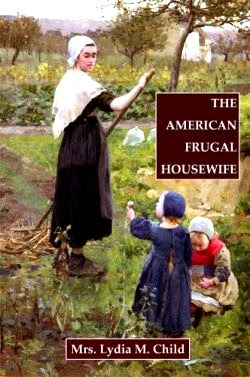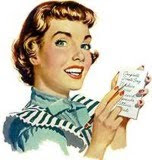Any holiday or get-together, like picnics, barbecues, pot lucks and birthdays, gets most of us started thinking about baking…breads, cakes, pies, cookies. Here are a few baking hints you might find
helpful.
-Always preheat your oven, unless your recipe specifically
says different. Batters and doughs need
to have heat right away for the leavening (yeast, baking powder and baking
soda, beaten egg whites) to start working before the crust is set.
-I purchased an oven thermometer especially for checking the temperature
of the oven instead of the food. I found
that the temperature varied widely up to 25 minutes before leveling off at the
correct, set temperature, even though the “oven ready” buzzer had gone off
after 12 minutes or so. My baking has
improved since I started preheating long enough. Bonnie made the same observation about her
stove, and I believe most bakers would have the same results. When I worked in food service, our cooks
would turn on the big gas ovens as soon as they arrived at work so there was
always a hot oven ready!
-Be sure your chilled ingredients are at room temperature
before baking, unless it is butter for pie crust or puff pastry. Warm up eggs, butter and milk on the counter a
few minutes. A rule of thumb here is “everything
cold for pastry, everything warm for bread”.
Get a pre-baking routine that works for you. Read your recipe in advance, and make sure
you have both the ingredients and pans needed.
-Adjust the oven racks and preheat your oven. This will save you the most time. Generally, the upper third of the oven is for
most cookies, center for most cakes, the lower third is for anything in a deep
container like tube or Bundt pans, soufflés, or pies and pizzas, where the
bottom crust should be brown.
-Prepare your pans, (grease, flour, etc.). Save your butter wrappers for this, or use your hand in a small plastic sandwich bag or use a scrap of paper towel or waxed paper, or your "butter" pastry brush.
-Sift or measure flour and other dry
ingredients onto a piece of waxed paper.
I personally like inexpensive paper plates for this – the rim prevents
spills.
-Measure other important ingredients into small bowls. This is called “mise en place” or “everything
in its place” and is used in professional kitchens all the time. Often there, a secondary helper will prepare
these ingredients. Think about a “Subway”
store…all the choices are in small pans, ready to use. I simply use from my stack of glass custard
cups for small bowls. You're less likely to forget something, and once you start mixing, things will go more smoothly.
Now, you’re ready to “get baking” with us!

















Great tips! Thank you for your help.
ReplyDeleteYes; I agree with Nancy; all are great tips!
ReplyDeleteThanks!